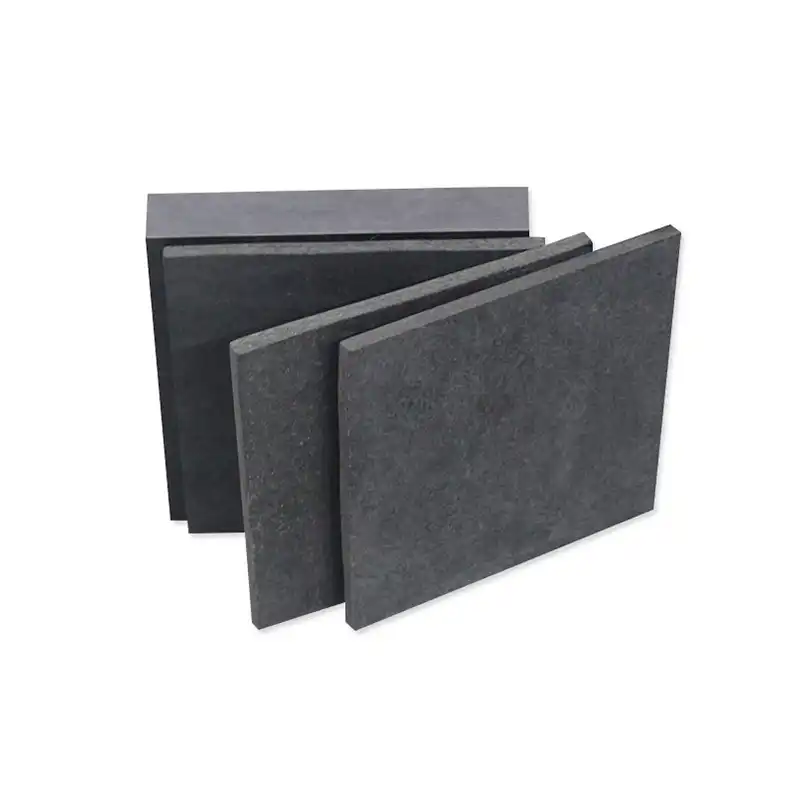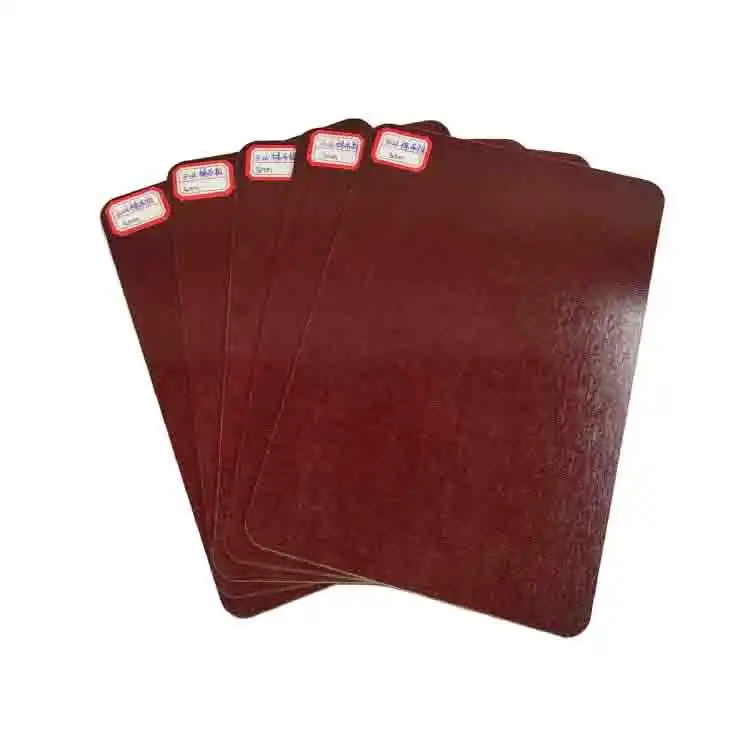how to apply clear epoxy resin?
2024-09-06 17:12:38
Clear epoxy resin is a flexible material utilized in different applications, from making staggering work of art to safeguarding surfaces. In this blog, we'll investigate the fundamental steps and best practices for applying clear epoxy resin, it is fruitful and durable to guarantee your activities.
Preparation: The Key to Successful Epoxy Resin Application
Before diving into the application process, proper preparation is paramount. This stage sets the foundation for a flawless finish and ensures the longevity of your epoxy resin project.
Gathering Necessary Materials and Tools
To get started, gather all of the tools and materials needed. You'll require clear epoxy resin, hardener, blending holders, mixing sticks, a level surface, defensive stuff (gloves, wellbeing goggles, and a respirator), and any extra things intended for your undertaking, for example, colorants or embellishments.
Surface Preparation Techniques
The surface you're working on must be clean, dry, and free of contaminants. For wood surfaces, sand them smooth and remove all dust. For metal surfaces, degrease and lightly scuff them to promote adhesion. Ensure the work area is well-ventilated and maintain a consistent temperature between 70-80°F (21-27°C) for optimal curing.
Measuring and Mixing Epoxy Resin
Accurate measurement is crucial for proper curing. Use a digital scale for precise measurements, following the manufacturer's recommended ratio. Mix the resin and hardener thoroughly, scraping the sides and bottom of the container to ensure complete blending. Be mindful not to overmix, as this can introduce air bubbles.
Application Techniques for Clear Epoxy Resin
With preparation complete, it's time to apply the clear epoxy resin. The application process requires patience, precision, and attention to detail to achieve the desired results.
Pouring and Spreading Methods
To start the pouring and spreading process, carefully pour the mixed epoxy resin onto the prepared surface. For larger areas, begin by using a zigzag pattern to help distribute the resin evenly across the surface. Employ a spreader or trowel to maneuver the resin, ensuring it reaches all corners and edges for complete coverage. It's important to work systematically from one end of the area to the other, applying the resin in a controlled manner to maintain a consistent thickness throughout. This method prevents any uneven spots and ensures a smooth, professional finish.
Addressing Air Bubbles and Imperfections
Air bubbles are a frequent challenge when working with epoxy resin, but they can be effectively managed. To address this issue, use a heat gun or torch to gently warm the surface of the resin. This technique causes trapped bubbles to rise to the surface and pop. It’s crucial to move the heat source in a sweeping motion across the surface to ensure even heating and avoid overheating any particular spot. If you notice any imperfections or uneven areas, address them promptly while the resin is still workable. This will help achieve a smooth, flawless finish and prevent long-lasting defects.
Layering Techniques for Depth and Effects
Layering techniques are very useful for projects that want to create depth or unique visual effects. Start by applying the main layer of clear epoxy resin and permit it to somewhat fix, making a steady base for resulting layers. This approach is ideal for making 3D impacts, inserting objects like stones or blossoms, or accomplishing a glass-like profundity. You can play around with different colors or additives like glitter or pigments between layers to make interesting visual effects and improve the overall look. The end result is a dynamic piece with multiple dimensions that is built upon each subsequent layer.

Curing and Finishing: Ensuring Long-lasting Results
The final stage of applying clear epoxy resin involves proper curing and finishing techniques to ensure durability and aesthetic appeal.
Optimal Curing Conditions
Maintain a dust-free environment during the curing process. Keep the temperature stable and avoid touching or disturbing the surface. Curing times vary depending on the epoxy resin formulation, thickness of application, and environmental conditions. Generally, allow 24-72 hours for initial curing and up to 7 days for full hardness.
Sanding and Polishing Techniques
Once fully cured, you may wish to refine the surface. Begin with fine-grit sandpaper (400-600 grit) and progressively move to higher grits (1000-3000) for a smoother finish. Use water as a lubricant during sanding to prevent heat buildup. For a high-gloss finish, use a polishing compound and buffer.
Maintenance and Care for Epoxy Resin Surfaces
To maintain the beauty of your epoxy resin surface, clean it regularly with a soft cloth and mild soap solution. Avoid harsh chemicals or abrasive cleaners. For minor scratches, use a polishing compound. Reapply a thin coat of epoxy resin periodically to refresh the surface and maintain its protective properties.
Conclusion
In conclusion, applying clear epoxy resin is a rewarding process that, when done correctly, results in stunning, durable finishes. By following proper preparation, application, and curing techniques, you can achieve professional-quality results whether you're crafting artwork or protecting surfaces. Attention to detail in each step—from mixing and pouring to sanding and polishing—ensures your epoxy resin projects not only look beautiful but also stand the test of time. With regular maintenance and care, your epoxy creations will continue to shine and serve their purpose for years to come.
At J&Q, we're committed to providing top-tier materials and expert guidance for all your needs. With over 20 years of experience in production and 10 years in international trade, we offer unparalleled service and support. For more information about our products or to discuss your specific requirements, don't hesitate to reach out. Contact us today at info@jhd-material.com.
References
1. Smith, J. (2021). The Complete Guide to Epoxy Resin Applications. Resin Crafters Quarterly, 15(2), 45-62.
2. Johnson, A., & Lee, S. (2020). Advanced Techniques in Clear Epoxy Resin Artistry. Journal of Contemporary Crafts, 8(3), 112-128.
3. Brown, R. (2022). Industrial Applications of Clear Epoxy Resins: A Comprehensive Review. Materials Science and Engineering Reports, 142, 100-115.
4. Chen, L., et al. (2019). Optimization of Curing Conditions for High-Performance Clear Epoxy Resins. Polymer Engineering & Science, 59(11), 2234-2245.
5. Taylor, M. (2023). Sustainability in Epoxy Resin Production and Application. Green Chemistry & Technology Letters, 7(4), 78-92.
6. Wilson, D., & Garcia, E. (2021). Clear Epoxy Resin in Architecture and Design: Innovations and Best Practices. Architectural Materials Journal, 13(2), 167-183.







